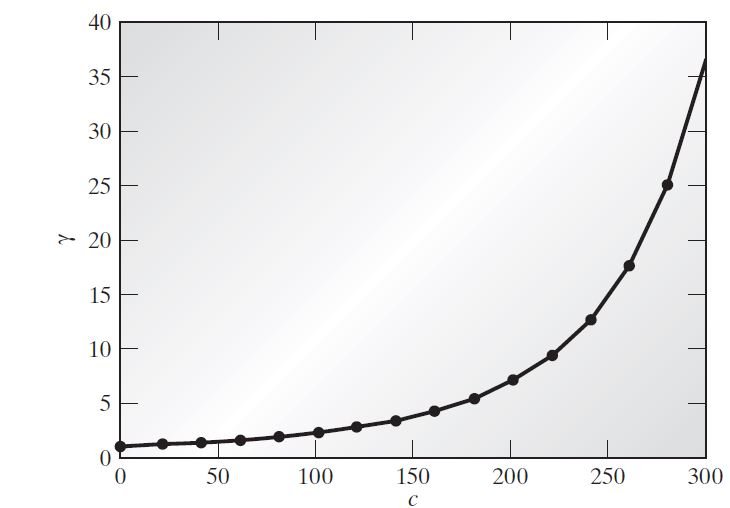The Activity Coefficient of Hemoglobin
The following data are available on the activity of hemoglobin in aqueous solution.^{18}
| c (g/L) | a (g/L) | c (g/L) | a (g/L) | c (g/L) | a (g/L) |
| 20 | 23.1 | 120 | 330 | 220 | 2060 |
| 40 | 53.5 | 140 | 473 | 240 | 3040 |
| 60 | 94.6 | 160 | 679 | 260 | 4580 |
| 80 | 150 | 180 | 973 | 280 | 7040 |
| 100 | 226 | 200 | 1410 | 300 | 11050 |
Compute the hemoglobin activity coefficient as a function of concentration, and fit those results using Eq. 9.7-21.
\ln \gamma_{ i }^{\bullet}=B_{i} \cdot c_{i}+C_{ i } \cdot c_{i}^{2}+D_{i} \cdot c_{i}^{3}+\cdots (9.7-21)
^{18}A. P. Minton, J. Molec. Biol. 110, 89 (1977).
